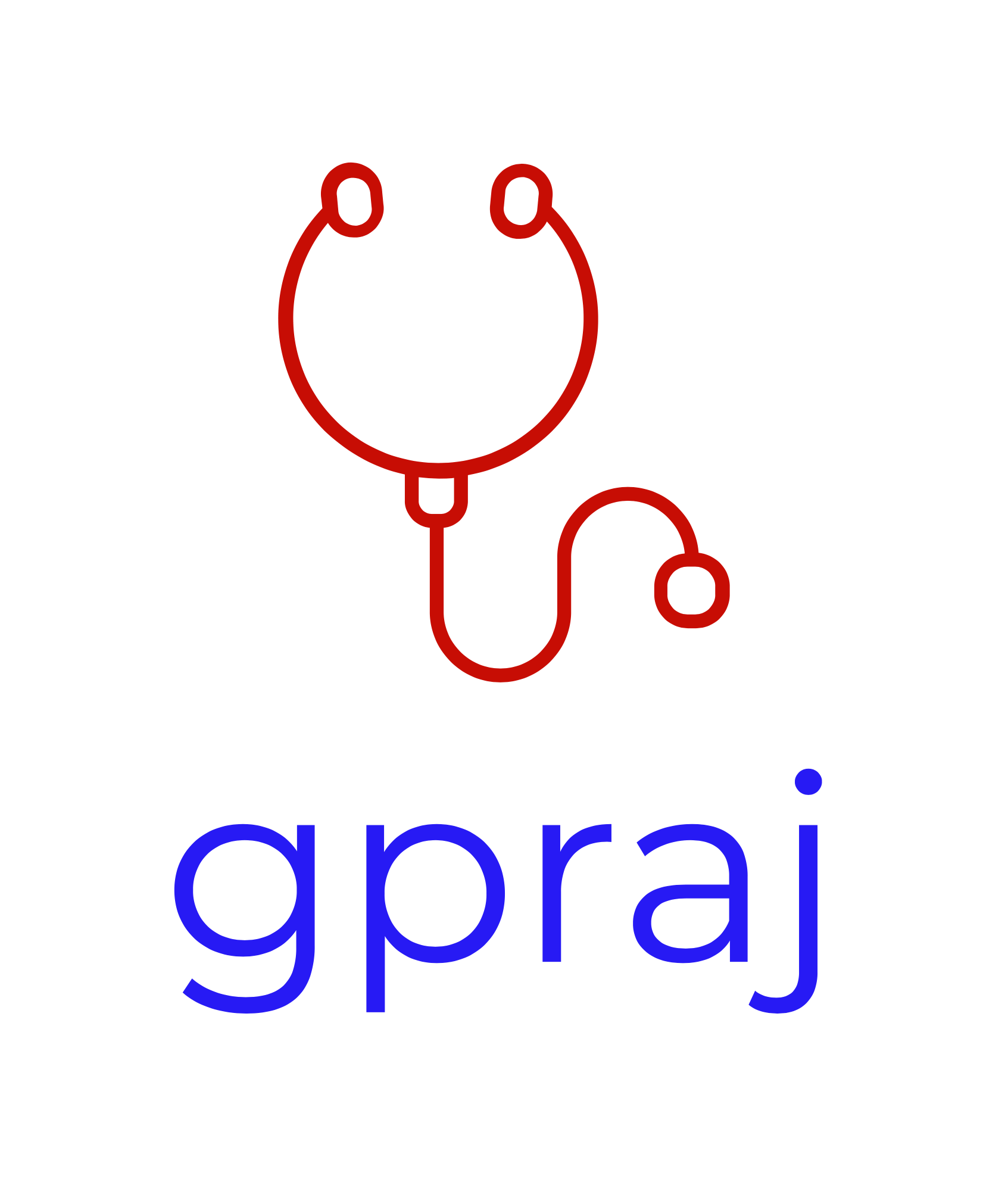Pathophysiology : genetics vs obesogenic environment
Type 2 diabetes
T2D accounts for about 90% of all cases of diabetes in the UK and occurs as a result of reduced beta-cell insulin secretion and increased insulin resistance.
Multiple non-modifiable risk factors (age, family history and ethnicity) are associated with increased T2D risk. However, about 80-85% of an individual’s risk of developing T2D is associated with obesity.
About 60% of T2D do not have any hyperlgycaemic symptoms (frequent urination, thirst, tiredness, weight loss and multiple infections) when they are diagnosed.
Diagnosis of T2D requires elevated blood glucose (fasting ≥ 7mmol/L or post prandial ≥11.1 mmol/L) or elevated HbA1c (≥ 48 mmol/mol / ≥ 6.5%).
Elevated blood glucose concentrations over time can have serious long-term consequences such as heart attacks, strokes, kidney diseases, and blindness.
The aim of diabetes management and treatment is to reduce and maintain HbA1c concentration at a value below the cut-off for the definition of T2D.
Reduction of blood lipids and blood pressure are also important treatment goals.
Management of T2D usually involves behavioural interventions (including diet, physical activity, smoking cessation, moderate alcohol intake) and/or anti-diabetic medications and/or bariatric surgery to reduce weight.
Remission of T2DM
Dietary weight management programme
The DiRECT study, a UK primary care-led weight management intervention for people with T2D of <6 years duration, reported 46% remission at 1 year and 36% remission at 2 years (Lean et al, 2019).
Bariatric surgery
Remission occurs in about 30-63% of patients 1 to 5 years following bariatric surgery.
